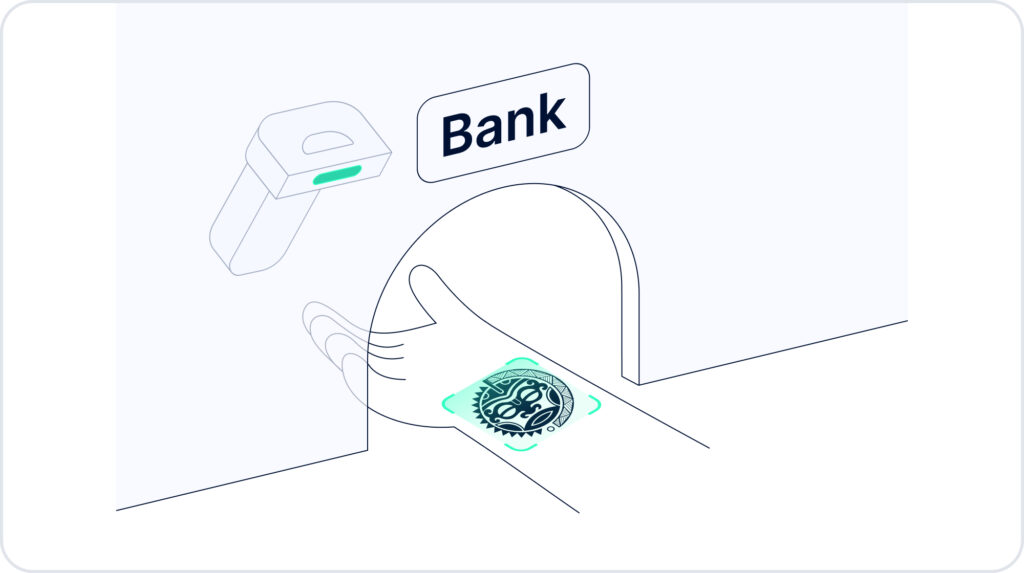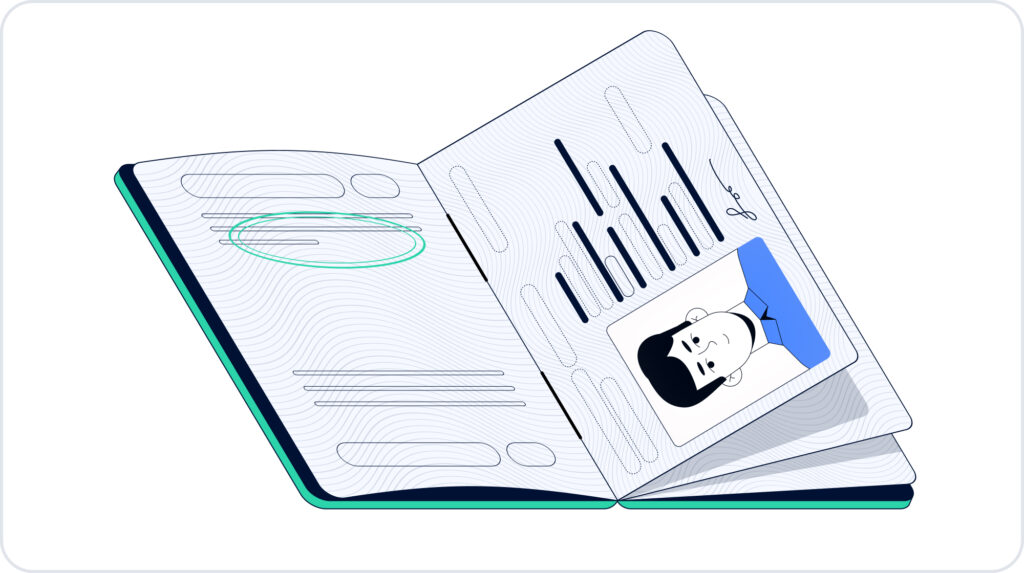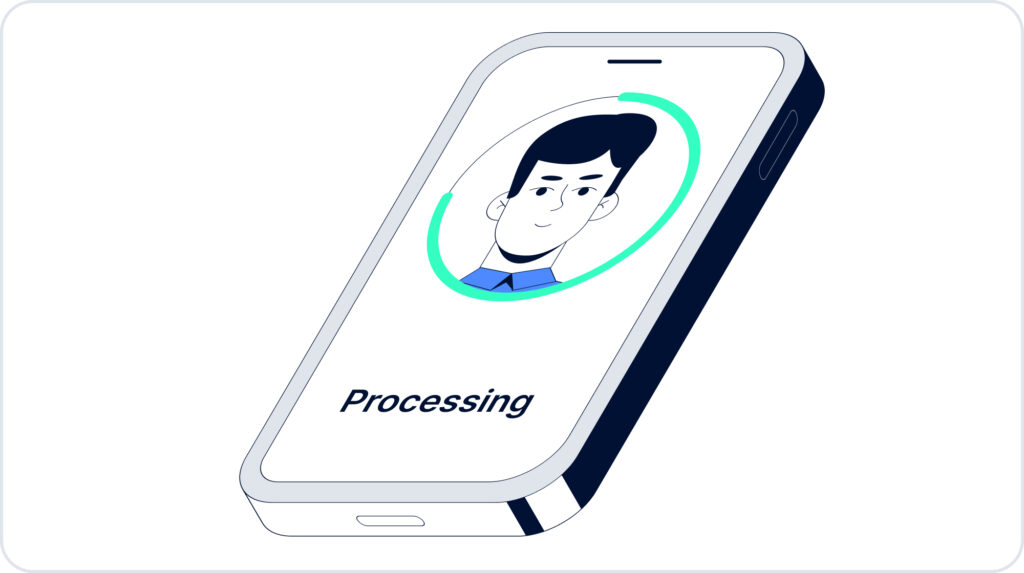History of Identity Verification and Most Secure Checking Methods
In this article, we go over the history behind and current state of identity checks and what the most useful verification methods are.
We all know about the importance of identity verification. International organizations and countries worldwide have laws and regulations in place to ensure that banks, financial institutions, and other types of companies verify each customer to minimize the risk of illegal activity. However, what is the mark of a good verification method or solution?
This article provides an overview of how verification methods have evolved over thousands of years and describes the main types of verification and how they differ from each other.
What is identity verification?
Verification is the process of ensuring that the information provided by clients is authentic. The verification process is necessary to avoid illegal activity and remain in compliance with various regulations.
The verification process can be conducted through a variety of methods, the most common of which is by comparing the information on a person’s identification documents to the information they provided during the identification process. The list of documents varies from country to country. For example, in the UK, clients can submit any of the following documents:
- Valid passport
- Valid photocard driving license (full or provisional)
- National identity card
- Firearms certificate or shotgun license
- Identity card issued by the Electoral Office for Northern Ireland.
If you want to learn more about what verification is and how it differs from identification and authentication, read our article on the topic.
A brief history of identity verification
Before diving deep into the most popular verification methods, let’s have a quick look at the history of verification and how we’ve progressed from simply memorizing one’s face to relying on automated solutions, such as document-free verification.
For as long as civilization has existed, people have had to identify and verify each other. Due to the absence of any technological means, people first relied on their memory of a person’s face. We still do that to this day whenever we meet new people, but this approach cannot be used for official verification, given how unreliable human memory is. Realizing the limitations of human memory, people started using jewelry and other distinctive goods and markers of identity to verify one another. Based on an archaeological discovery in 2004, this method was used as far back as 100,000 years ago. In some civilizations, jewelry was effective in identifying one’s wealth and position in society, while in others, tattoos were used to identify one’s tribe and ancestors.

Verification then evolved into what is now referred to as a census. The Babylonian Empire was the first civilization to collect and record people’s personal information. As time passed, the census became more advanced and accurate, with the Roman Empire eventually developing a procedure to create and fulfill a variety of documents for their citizens.
It wasn’t until 1414 when King Henry V introduced the first version of the passport, which citizens of England could use to prove their identity when traveling abroad. As technology developed, identification documents—such as passports—became more structured and trustworthy, and with the invention of photography, countries began implementing photographs into the verification process.

The real breakthrough in verification technologies happened in 1960, when the first computer password was created. The decision to use passwords to protect data came from its simplicity in comparison to other theoretical solutions. Interestingly enough, in 1966, the password system got hacked, which led to the first database leak of its kind. This set a precedent for the password protection being unreliable when fighting hackers.

In the 1990s, security questions were introduced as a way of ensuring that users were who they claimed to be. These were personal questions that only the actual identity holder would know and were used as a way of recovering passwords or as an additional security check. However, identity thieves eventually learned how to bypass such checks, so the hunt for new, more secure solutions began again. .
Then, in the 2010s, we started seeing the first advanced biometric systems come to the market via mobile technology. Initially used in police investigations, fingerprints and face verification quickly turned into common elements in most mobile phones.

The history of verification is still being written as new technologies continue being developed all over the world. No matter the technology, the goal is the same:to simplify user verification and ensure that companies are protected from fraud. Let’s discuss the most popular verification methods companies use to determine the authenticity of their customers.
Verification methods
Know Your Customer (KYC) providers are constantly developing new technologies and methods to simplify and fasten the verification process. Below, we describe the primary methods used to achieve these goals.
Database verification
This method involves comparing the information provided by a customer to information about that same customer found in multiple databases. If the information matches, the access is granted and the customer gets verified. This method also gets used to assess a customer’s risk level and then minimize the number of manual checks. However, this approach doesn’t include any form of biometric checks. Therefore, in many regulations, database verification is seen as complementary and used to assess a customer’s risk.
Document-based verification
Document-based verification, as the name suggests, requires new users to upload documents, which then get checked by a company. The check involves identifying potential visual modifications in the documents, which is why some companies require customers to take a picture of themselves next to the submitted document. After that, the company either manually or automatically checks the authenticity of the photograph.
Biometric verification
Biometric verification goes even beyond online verification. It verifies a customer’s identity by checking biometric data such as fingerprints or facial recognition. Similar to the online method, this approach can take additional time if conducted manually.
An automated biometric check can help companies avoid such situations. Not only does it take less time, but it also checks if the video has been modified in any way. By using automated biometric checks, a company can have one of the most secure identity verification methods.
Document-free verification
Document-free verification is being adopted by more countries as a way to simplify onboarding both for companies and users. Sumsub has developed its own solution, Non-Doc Verification, which is available to over 90% of users from Argentina, Bangladesh, Brazil, Ghana, India, Indonesia, Netherlands, Nigeria, and the UK, with more countries coming soon.
Fully compliant for companies in Australia, Canada, Cyprus, Hong Kong, Malta, Seychelles, South Africa, the British Virgin Islands, the UK, the USA, and others, Sumsub’s Non-Doc Verification implements user-friendly verification through local resources. We use various non-doc methods that range from ID number only to open banking.
Sumsub’s solution can be customized to meet country-specific requirements. For example, in the Netherlands, users need to get verified through a government app. Meanwhile, in the UK, all the users log into their bank account and agree to share personal data. In any case, Sumsub has you covered.
On top of that, our solution allows companies to design verification flows in a visual interface with almost no coding needed. Businesses can easily switch between non-doc and doc-based checks, or even combine them, giving legitimate users a chance to onboard quickly while putting risky ones through extra steps.
Conclusion
Identity verification has been around for thousands of years. In that time, the process has become increasingly perfected, with the world seeing a drastic improvement in verification methods and technologies over the last few decades. However, technological developments have allowed criminals to improve their own methods. Identity verification providers continue developing new solutions to counter fraud, but at the end of the day, it is up to companies to stay up to date with their verification solutions to ensure that businesses comply with regulations and keep criminals at bay.




